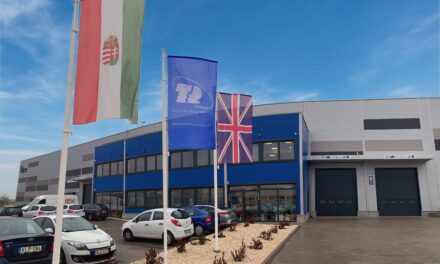ODVA has published enhancements to The EtherNet/IP Specification, which outline how to integrate devices built to the IO-Link Communication Standard into CIP architectures. The addition of this capability allows for IO-Link sensors and devices at the lowest level of the network to be better connected with EtherNet/IP controllers and devices at higher levels of the network. ³IO-Link device integration with CIP provides seamless communications between CIP originators and IO-Link devices through the intermediate IO-Link master, all using existing IO-Link hardware and standards,² stated Dr. Al Beydoun, president and executive director at ODVA.
IO-Link to CIP connectivity reduces engineering effort and eases the acquisition of data and information, leading to a more efficient, connected plant that is better able to meet the demands that IT/OT convergence are bringing to the factory floor. IO-Link devices can now be recognized within EtherNet/IP without the end user having the burden of data conversion. From the perspective of EtherNet/IP, an IO-Link device is viewed as a native CIP device sitting on a (virtual) subnet. The IO-Link Master provides the CIP capability for the IO-Link device, transparent to the originating CIP application. All three types of IO-Link communication (cyclic, acyclic, and events) are mapped to CIP communication types. CIP to IO-Link communication is possible with an unchanged IO-Link master and device specification that is standardized within IEC. Direct communication is enabled via translation between CIP originators and IO-Link devices through the intermediate IO-Link master. All IO-Link devices are treated as if they were CIP Connection target devices (I/O Adapters) on a virtual IO-Link subnet.
ODVA is continually enhancing EtherNet/IP to address new network architectures and methods of communication brought about by the advent of Industry 4.0 and the Industrial Internet of Things. Further EtherNet/IP developments are underway to continue to best meet the industrial communication and control needs of both today and the future across the Machine and Process Automation industries, and through widespread adoption and the use of standardized industrial network technology, EtherNet/IP is positioned to allow for optimal asset optimization. Ultimately, seamless information sharing, like what is now possible between IO-Link and EtherNet/IP devices, enables a more efficient and interconnected organization.



